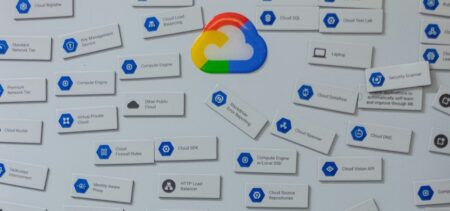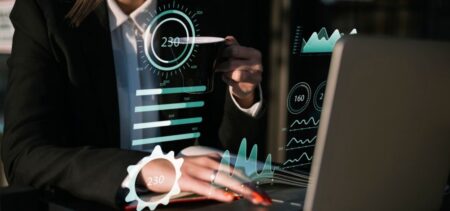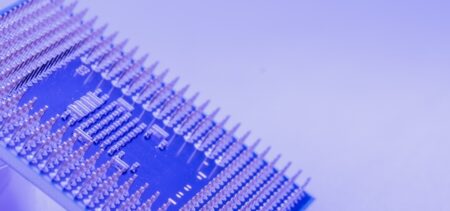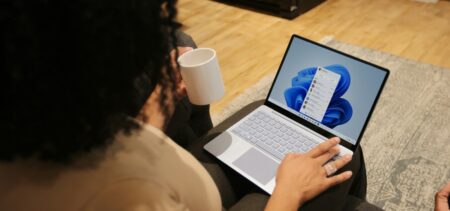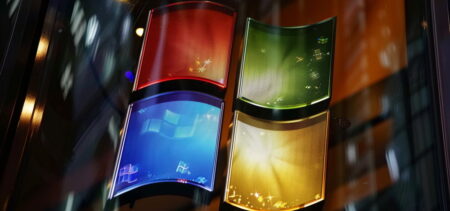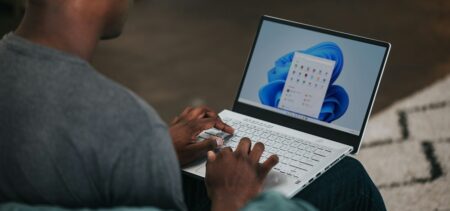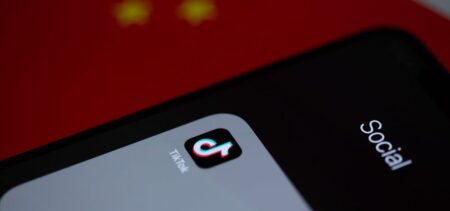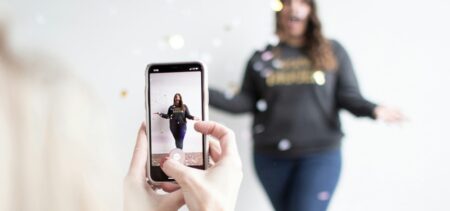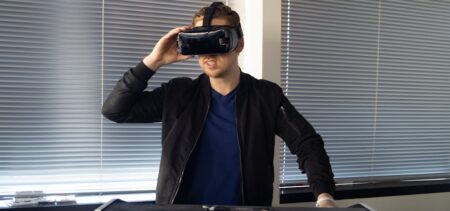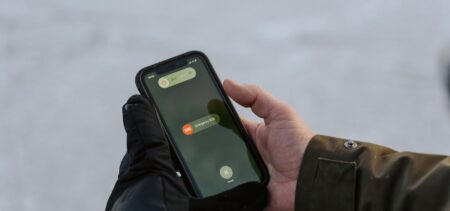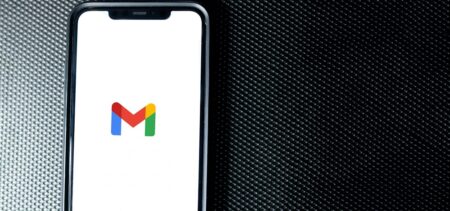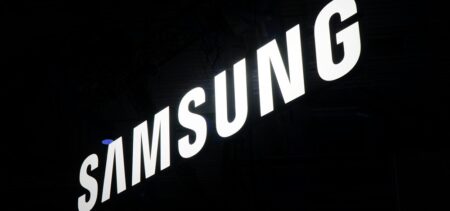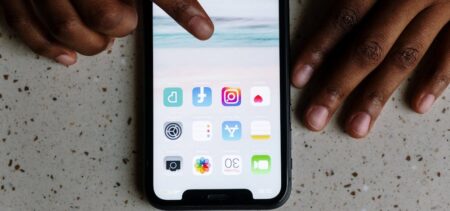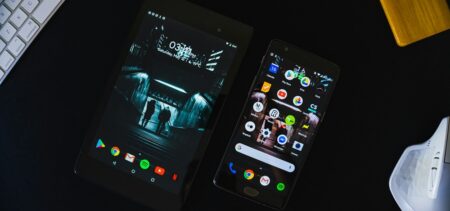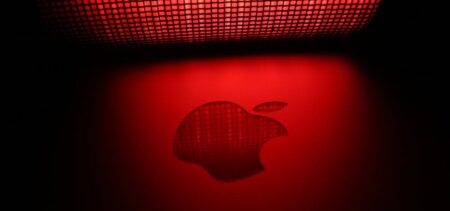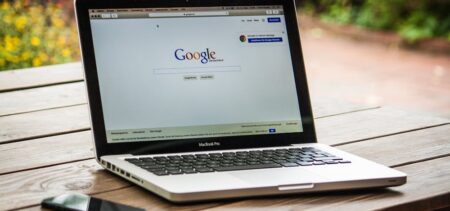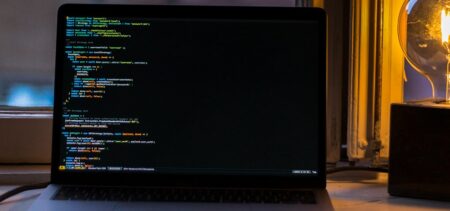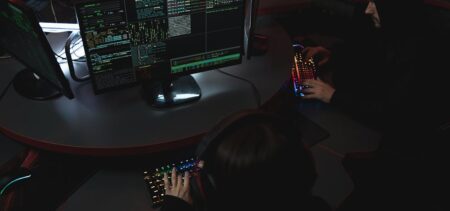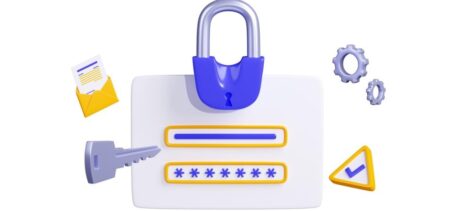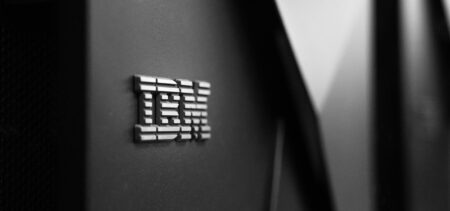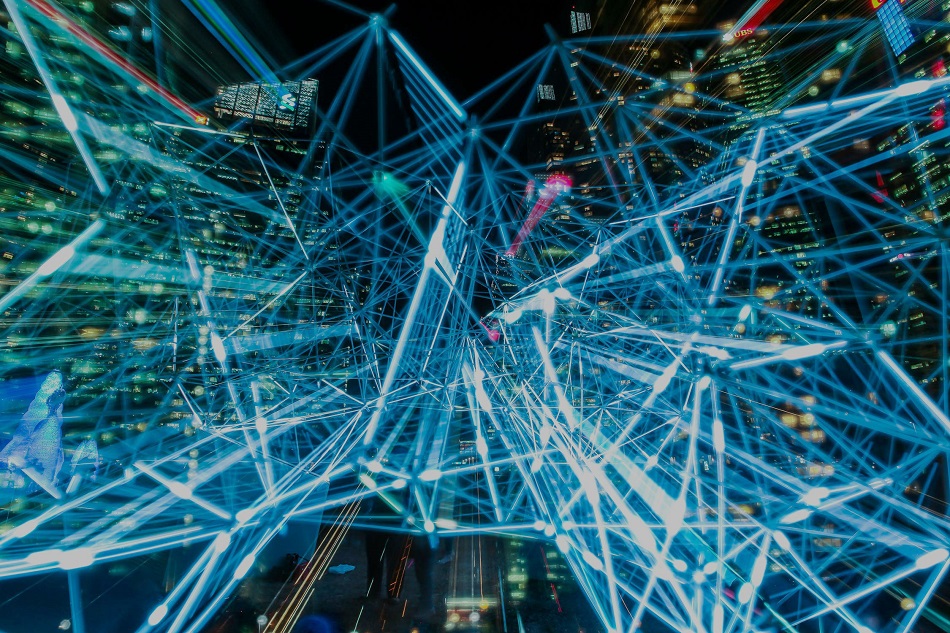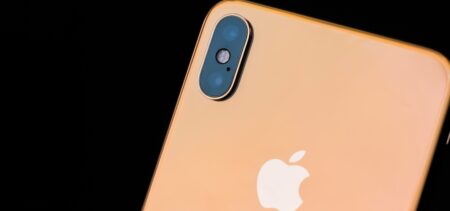I imagine that in a couple of decades, when our children, or our children’s children will be looking up information on the internet (who knows how the internet will look by then) about artificial intelligence it will say something like this: artificial intelligence – changing the workplace since 2017.
Perhaps it’s an overreach to say that AI has become commonplace, although it appears to be almost everywhere you look, from your Netflix account to Siri’s distinguishable voice, yet we have reached a point in technological advances where it seems almost impossible to realise whether we are moving forward, or backwards. Every time a new article on artificial intelligence surfaces, it becomes, in a matter of minutes, painstakingly stained with thoughts and ponderings of a gloom, robot-ruled future, where humankind is obsolete, and robots have taken over the planet – or the galaxy, who knows?
There are plenty of articles for you to read on the perils of artificial intelligence (including this one), however this article serves an entirely different purpose. We are going to look at how AI is slowly, but steadily changing the workplace.
Personal Assistants
Desk.com found that 22% of millennials expect a response from a brand within 10 minutes of reaching out. 24/7 customer service isn’t just a marketing slang anymore – companies have started to rely on chatbots in order to provide their customer base with timely responses anytime, anywhere and on any devices. What’s more, it is estimated that by 2020, 85% of the interactions with customers will be carried out entirely by bots.
However, when it comes to answering queries in a timely fashion, AI reaches beyond customer service. The Georgia Institute of Technology implemented Jill Watson, the first non-human teaching assistant powered by IBM’s Watson, to help professor Ashok Goel and his eight teaching assistants answer the many queries posted by students on forums.
“The world is full of online classes, and they’re plagued with low retention rates,” Goel said. “One of the main reasons many students drop out is because they don’t receive enough teaching support. We created Jill as a way to provide faster answers and feedback.”
Goel’s 300 or so students post roughly 10,000 messages on online forums, and since the questions tend to be same, Jill’s the ideal TA to answer them.
image: Phrasee
Employee Productivity & Tracking
You think government surveillance is excessive? Wait until you hear about companies tracking their employees’ every move in order to monitor suspicious behavior or productivity losses. One of these companies is Veriato, who logs web browsing, chat, keystrokes and document use, then sends the data to AI systems for processing. The system then flags any unorthodox behavior like copying contacts, or repeated failed password attempts, and reports the findings.
Another service used by companies to track employee productivity is Bluvision, which is incorporated into employee badges. Bluvision’s breakthrough in RTLS (Real-Time Locating Systems) allows employers to tracks how much time workers spend at their desks, in break rooms, basically enabling employers to see where their assets (equipment or people) are, “at any given instance, regardless of whether in a single location or multiple locations”.
Another company that’s offering similar tracking services is London-based start-up StatusToday. Its AI platform runs on a regular supply of employee metadata, which includes everything from the files people access to when someone uses a key card at the company door. This metadata is used to create a picture of how the company, its departments and all of its individual employees normally function, flagging any anomalies in people’s behaviour in real time. This way the system can detect when someone might pose a security risk by picking up on any unusual behavior. “All of this gives us a fingerprint of a user, so if we think the fingerprint doesn’t match, we raise an alert,” says Mircea Dumitrescu, the company’s chief technology officer.
Hiring & HR
Surely by now you’ve heard of Applicant Tracking Systems. A lot of companies are using ATSs to track and hire the best candidates. Greenhouse Recruiting for instance, starts by learning from input of job descriptions and resumes, and then ranks the candidates according to suitability for the job.
Whereas Entelo Inc. takes the opposite approach, by hunting candidates rather than waiting for applicants to approach the company. It combs the web for public information on individuals, searching for job titles, employers and posts in professional forums, then gathers the information to build robust candidate profiles which recruiters can access to find the perfect candidate.
Will all of this render human jobs obsolete at some point? It’s hard to say. However, strictly from a business perspective, it seems that bots and artificially intelligent softwares have made their contribution hard to ignore, changing the workplace as we know it, increasing productivity levels, sales and company morale. As for the predictions of futurist Faith Popcorn, I guess we’ll just have to wait and see.




